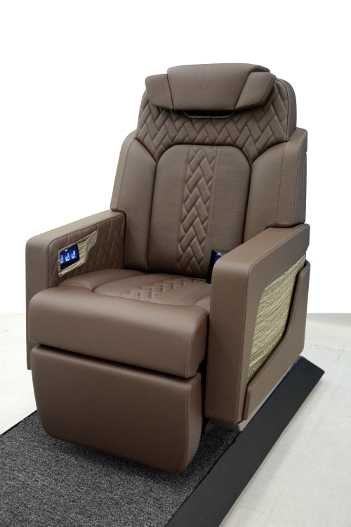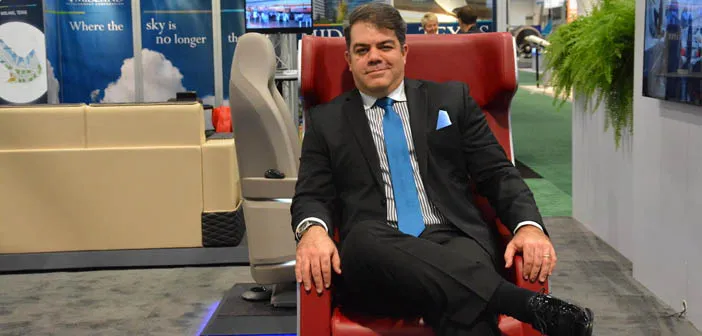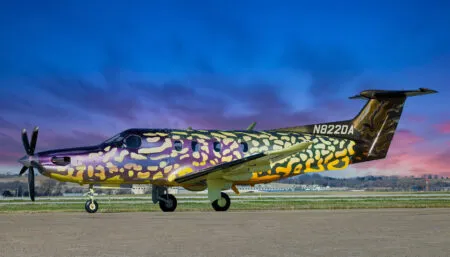Raphael Affonso, design lead at EAST, Embraer’s in-house seating company, discusses the future of business jet seating
What improvements did you introduce with your latest seat model?
At NBAA-BACE 2017, we introduced our new generation of power-assisted controls, along with several other innovative features, including air bladder cushions to accommodate personalized comfort and lumbar adjustments. Additional features include massage, heating and cooling, seat height adjustment and an audio response system for an immersive IFE experience.
 What improvements are your priority for the next one?
What improvements are your priority for the next one?
I believe seats should be like an extension of the passenger’s body, so we are focused on strengthening the relationship between passengers and their seats through smart connectivity and AI. The seat reacts to the passenger’s presence, voice commands, gestures and even facial expressions. When AI is successfully applied to the product, as we expect, it creates an emotional bond with its user.
What challenges do you face in developing innovative features for the business jet market?
My biggest challenge in creating innovative designs is to meet the aircraft installation requirements, and seat kinematics and certification requirements in terms of occupant safety and flammability, while also meeting very strict weight targets.
What current features can be expanded and improved in the near future?
We see a universe of evolutionary possibilities, even just in terms of basic seat operations, such as track, swivel, recline and leg rest functions, and how they are operated.
Looking further ahead, what new materials are worth investigating?
New metal alloys are currently under investigation to reduce structural weight. Other possibilities for future developments include breathable covers with embedded body sensors; 3D-printed decorative panels; plastic shells that change shape, color and texture under electric or thermal stimuli; foam substitute alternatives; and flexible OLED screens that can wrap around seat shells to enhance the cabin experience.
 What new technologies are worth exploring?
What new technologies are worth exploring?
EAST is exploring several new technologies for integration into the current product line, which will enhance the passenger experience. AI is becoming more and more prevalent within the industry, and EAST is actively pursuing the incorporation of AI technology in its portfolio.
In the seat business, as new methods for metal 3D-printing evolve and scale up, we should be able to develop complex structural frames made out of organic 3D mesh, using dynamic simulation software to achieve optimal efficiency and weight savings.
What challenges need to be overcome to make these improvements viable?
The challenges in introducing new material alloys and AI technology are their integration into aircraft systems and the fulfillment of certification requirements, reliability and product maturity. The AI technology needs to be evolved to a point that is fail-proof.
Roughly when can we expect these advances?
Several of the technological solutions mentioned here are available in some way, waiting to be perfected and scaled up for cost efficiency. However, their adoption in the aerospace industry depends on how much customers are willing to pay for these innovations to be implemented.
 Images: courtesy of Embraer.
Images: courtesy of Embraer.





